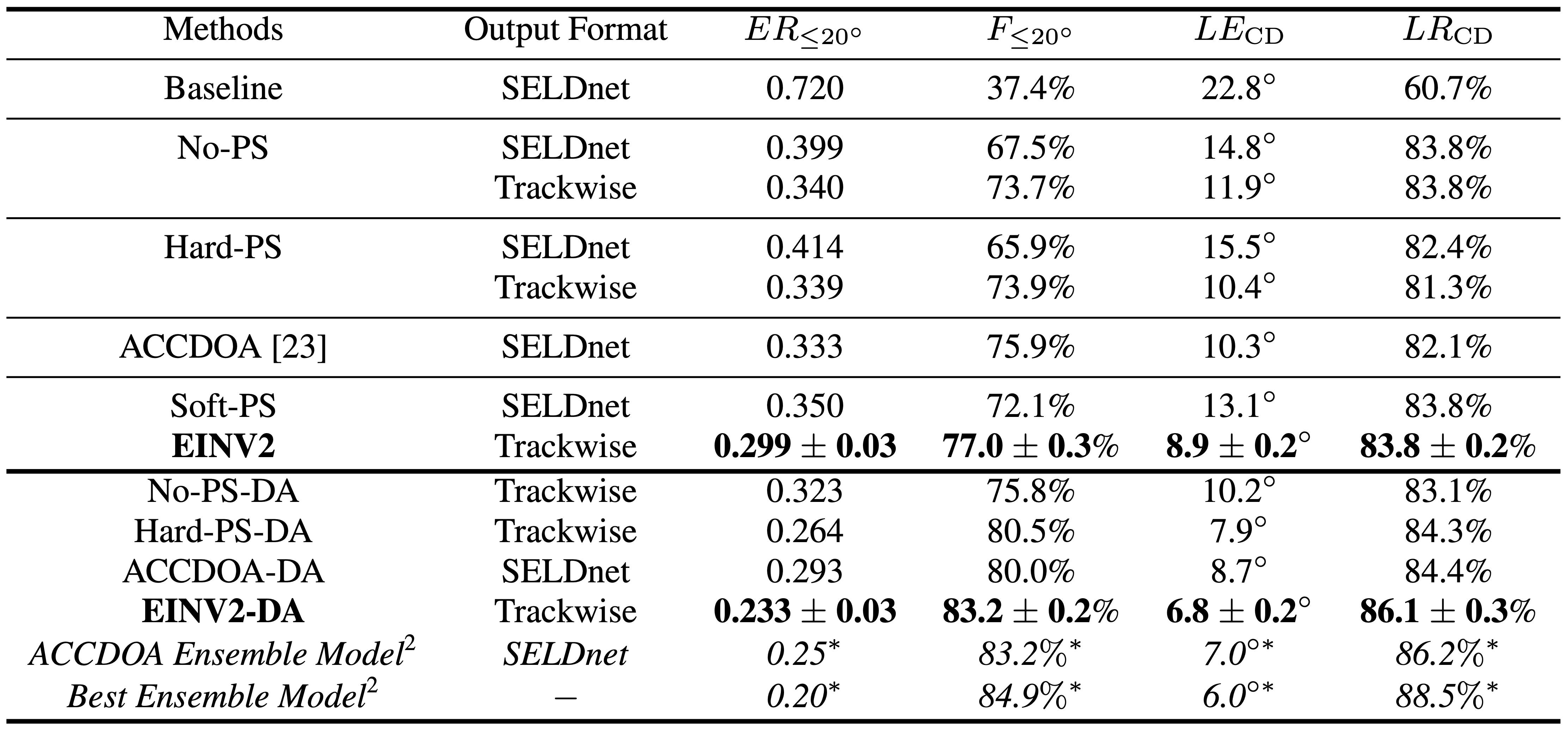Event-Independent Network for Polyphonic Sound Event Localization and Detection
Polyphonic sound event localization and detection is not only detecting what sound events are happening but localizing corresponding sound sources. This series of tasks was first introduced in DCASE 2019 Task 3. In 2020, the sound event localization and detection task introduces additional challenges in moving sound sources and overlapping-event cases, which include two events of the same type with two different direction-of-arrival (DoA) angles. In this paper, a novel event-independent network for polyphonic sound event localization and detection is proposed. Unlike the two-stage method we proposed in DCASE 2019 Task 3, this new network is fully end-to-end. Inputs to the network are first-order Ambisonics (FOA) time-domain signals, which are then fed into a 1-D convolutional layer to extract acoustic features. The network is then split into two parallel branches. The first branch is for sound event detection (SED), and the second branch is for DoA estimation. There are three types of predictions from the network, SED predictions, DoA predictions, and event activity detection (EAD) predictions that are used to combine the SED and DoA features for on-set and off-set estimation. All of these predictions have the format of two tracks indicating that there are at most two overlapping events. Within each track, there could be at most one event happening. This architecture introduces a problem of track permutation. To address this problem, a frame-level permutation invariant training method is used. Experimental results show that the proposed method can detect polyphonic sound events and their corresponding DoAs. Its performance on the Task 3 dataset is greatly increased as compared with that of the baseline method.
PDF Abstract
